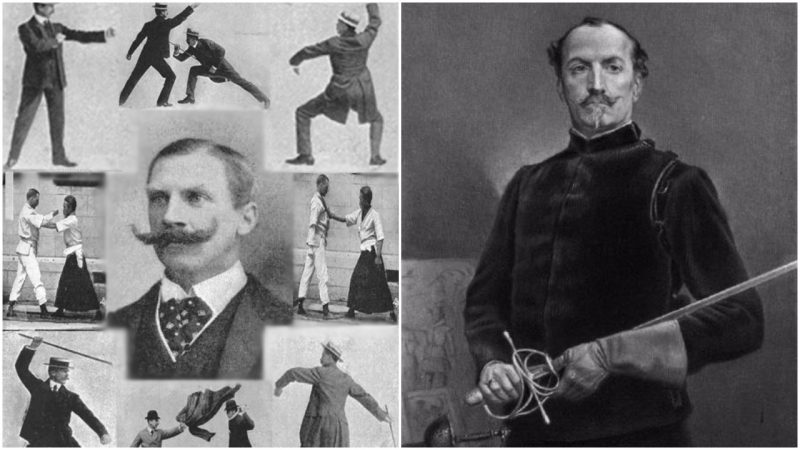In 1898, Edward William Barton-Wright, a British engineer who had previously lived for three years in Japan, returned to England and introduced what would be a “New Art of Self Defence”. Called Bartitsu, the wording was a blend of Edward’s surname and the Japanese martial art Jiujitsu. The new technique was a mix of various martial art disciplines and it incorporated the best elements of different fighting styles. Bartitsu also took inspiration from specific physical, mental and moral pedagogy systems noted in Japan at the end of the 19th century.
Edward William had known boxing, fencing, savate, wrestling and even the dagger style technique of stiletto. His Bartitsu was described as “self-defense in all its forms”. The Englishman worked really hard on getting the word out on the new martial art through publishing interviews in many magazines. His team also demonstrated performances at a number of different venues around London. The school he established was called “Bartitsu Academy of Arms and Physical Culture” and was located in Soho.
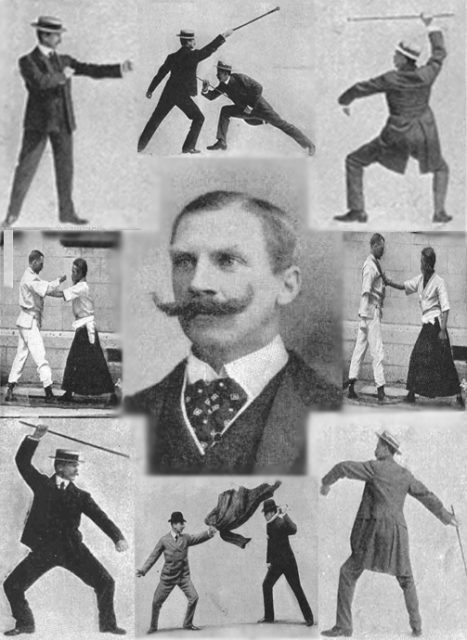
Aside to incorporating various combat techniques from the jujutsu styles, Bartitsu also took from British boxing, Swiss wrestling, French savate and the defensive stick fighting style developed by Pierre Vigny of Switzerland. In fact, Vigny was one among the dozen notable figures from the combat sports scene that were brought as instructors at Barton-Wright’s school. Some teachers came as far as from Japan. In Barton-Wright’s notes from a lecture he had delivered to the Japan Society of London in 1901, it also reads: “Under Bartitsu is included boxing, or the use of the fist as a hitting medium, the use of the feet both in an offensive and defensive sense, the use of the walking stick as a means of self-defence. Judo and jujitsu, which are secret styles of Japanese wrestling, (I) would close play as applied to self-defence.”
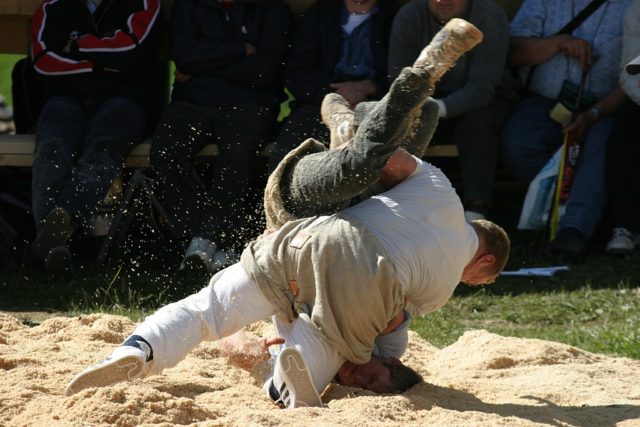
It was an elite club that at the same time housed a group of fencing antiquarians led by the Victorian officer Alfred Hutton. This group experimented with historical fencing techniques and they taught those techniques to London’s acting elite. It is likely that one of the pupils of the fencing group was the prominent British fencer Archibald Corble too, who had competed in three Olympic Games in the period between 1912 and 1928.
The journalist Mary Nugent would describe the Bartitsu Club in a 1901 article for Sandow’s Magazine of Physical Culture, as “…a huge subterranean hall, all glittering, white-tiled walls, and electric lights, with ‘champions’ prowling around it like tigers.” The school indeed targeted champions and the Britsih elite who shared similar interests.
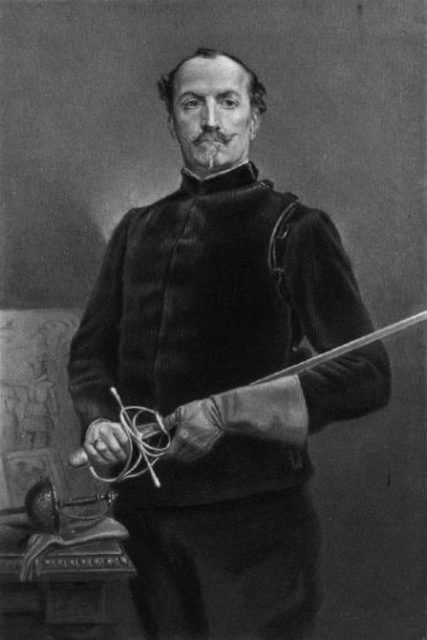
Modeled on Victorian sporting clubs, prospective members needed first to submit an application to the committee which decided on admissions. Sir Cosmo Duff Gordon, who will be remembered as one of the few adult male survivors of the sinking of the RMS Titanic, was among the notables that had Bartitsu Club membership.
Despite all the efforts of Barton-Wright to make a success story out of his martial art school, by 1902 the Baritsu club had started to decline. Allegedly, the reasons for the backdown were both the sky-rocking enrollment and tuition fees, as well as the overestimated number of wealthy Londoners that were believed to show interest in such an unusual branch of sports. A failed major exhibition presented by the club members at St. James’s Hall at the end of 1901 was one more reason that contributed to the decline of the school. Due to mismanagement, the exhibition had made a minor scandal that did not go unnoticed by news outlets.
The Barton-Wright initiative helped martial arts gain an international momentum and triggered the opening of plenty of other jujutsu schools in Western countries. It was a fad that lasted well into the First World War and it’s how various Japanese combat techniques prospered into Western popular culture. Barton-Wright reportedly continued to teach his mixed martial art until the 1920s but he never returned to the spotlight.
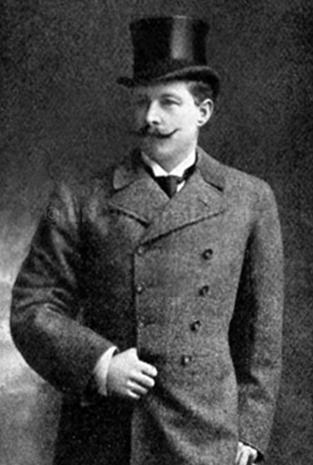
Bartitsu was immortalized by Sir Arthur Conan Doyle, the famous author of the Sherlock Holmes mystery stories. The technique appeared in Doyle’s 1903 story, entitled “The Adventures of the Empty House” where it is mentioned as “baritsu”.
It is unclear if Conan Doyle purposely or not mistaken the original wording, but given the immense popularity of Sherlock Holmes, the martial arts technique of Barton-Wright persisted at least as an idea through the 20th century. Unexpectedly, Bartitsu has experienced a slight revival and has been gaining new momentum since 2002.
